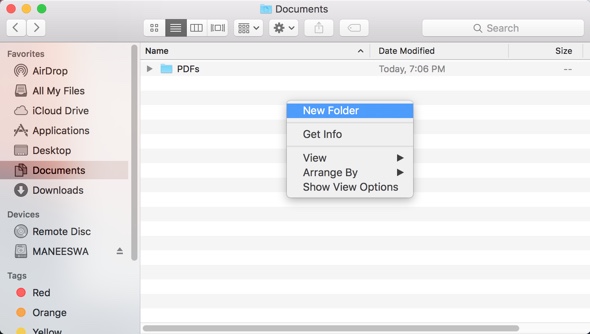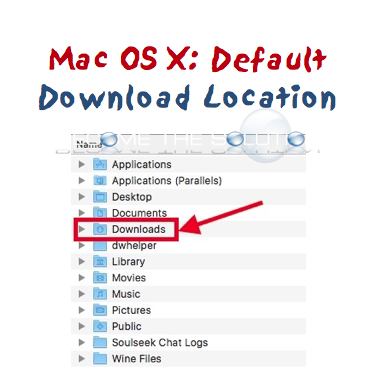

- EXIFTOOL MAC DEFAULT LOCATION HOW TO
- EXIFTOOL MAC DEFAULT LOCATION SOFTWARE
- EXIFTOOL MAC DEFAULT LOCATION WINDOWS
EXIFTOOL MAC DEFAULT LOCATION HOW TO
In the latter case it is quite necessary to clean out those junk files from your Mac for complete removal.įor some novice users, they may have no idea how to remove ExifTool 9.77 in a proper way. These vestiges can be very small in size, thus leaving them alone may not affect your Mac performance, yet they can also be a large chunks of useless files that occupy a large portion of your hard drive space.
EXIFTOOL MAC DEFAULT LOCATION SOFTWARE
However, a fact is often neglected that, even the stand-alone software may might still leave its configuration and preferences files on multiple system directories after you carry out a basic uninstall. Generally speaking, most Mac applications are separate bundles that contain the executable and any associated resources for the app, and therefore users can easily remove any unwanted software (if they are installed properly) from their Macs. In normal cases Mac users just need to simply drag and drop the target app to the Trash and then empty the Trash to perform the standard uninstallation.
EXIFTOOL MAC DEFAULT LOCATION WINDOWS
Uninstalling applications in macOS/Mac OS X is quite different from that in Windows operating system. Things you should know about Mac app removal: How to uninstall ExifTool 9.77 on Mac computer? If you encounter problem when trying to delete ExifTool 9.77 as well as its associated components, read through this removal tutorial and learn about how to perfectly remove any unwanted applications on your Mac. Yubana147:~ home$ u88:~/source/qsno_cvs home$ exiftool -ver 6.ExifTool 9.77 Removal Tutorial - How to Easily Uninstall ExifTool 9.77 Yubana147:~ home$ u88:~/source/qsno_cvs home$ which exiftool /usr/local/bin/exiftool Yubana147:~ home$ u88:~/source/qsno_cvs home$ ls -l /usr/local/bin/exiftool -rwxr-xr-x 1 home home 88398 Dec 15 07:36 /usr/local/bin/exiftool Yubana147:~ home$ -bash: u88:~/source/qsno_cvs home$ printenv PATH/bin:/sbin:/usr/bin:/sbin:/Users/home/bin:/usr/local/bin bash: u88:~/source/qsno_cvs: No such file or directory Yubana147:~ home$ u88:~/source/qsno_cvs home$ printenv PATH I'm assuming that you wanted me to run the commands you sent replacing 'phil' with the name of my home directory-which is 'home'-here's my terminal session:

I'm just guessing but don't I need an exiftool file (folder?) in my local/bin directory somewhere? I don't think things are set up correctly. Sorry for the number of queries and thanks for your assistance. Are the raw files from these units supported?

I am a hybrid shooter as in addition to the Dynax 7, I own a Minolta Dynax 7D and a Dimage A2. I noticed that some other post had something about lenses from the Minolta Dynax 7D.

Is it possible to create these fields in a TIFF files that doesn't have one? Perhaps transfer from one image that has then to these ones?ĥ. I have checked and know that the file properties section of my scanned files do not have fields for aperture etc. I have scans using a Minolta Scan Dual III and have all the exposure data for each shot as I used a Minolta Dynax 7 that allows me to output text files with this data.Ĥ. If it is, can I write into the exposure fields such as shutter speed, Aperture etc. The main reason I am interested in this tool is that I want to create Exif data for TIFF files from a scanner. In the example you gave (Point 4) was is the step if the file not on the desktop. I am pretty much in the same situation as the original poster in that as a recent Mac adopter, I don't know very much about terminal etc so your response is very welcome.ġ.


 0 kommentar(er)
0 kommentar(er)
